
After suffering the worst drought in living memory, bushfires, floods and a pandemic, residents in Eastern Australia are now enduring another natural disaster, a biblical invasion of mice.
Severe mouse plagues tend to affect Australia in every decade or so. The current one has exploded quickly into millions, terrorising residents, farmers, and businesses in Eastern Australia.
Find out how the mice came, what damage they have caused and how difficult it is to get rid of them and what life is like with thousands of mice everywhere underfoot and in the surroundings.

1. Why is there a plague of mice in Australia?

Bountiful rains last year gave farmers bumper crops leaving their stores overflowing with grain. After experiencing the worst drought in living memory, then fires and floods, the farmers have stocked up with spare feed for their livestock as stand by in case the drought returned. All this gave mice a perfect source of food and optimum conditions for the mice to breed in vast numbers.

Mice are prolific breeders and reach sexual maturity around 6 weeks of age. A female mouse can give birth 5-10 times a year producing litters of up to 14 pups.
The length of the breeding season in mice is influenced by food supply and seasonal conditions. The excess food supply has extended the breeding season which usually lasts from spring to autumn, leading to a population explosion.
2. Why are there fears that the infestation will spread?

The concerns are that if there is a high level of survival over the winter so mice will start to breed early from the high population base in the spring. The risk is then that they will consume the wheat, barley, and canola before it can be harvested, causing another explosion of numbers. Mice are already in their millions and yet a further natural disaster may then happen if the problem is not contained this winter.
Mice would normally stop breeding at the end of spring, but the latest research shows that the mice are still breeding despite the drop in temperature. They are building reasonably good burrow networks in paddocks and hide from the adverse weather or frost.
Studies on mice numbers in Queensland to New South Wales show the infestation of mice now spreading to the Riverina into Victoria and South Australia. As the mice seek warmer places in the winter, any that have hitched rides on freight and in food packages carted around the country to the warmer coastal areas or warmer domestic roofs. They then will start to breed rapidly. Cities like Sydney are fearing a mouse plague to hit by August.
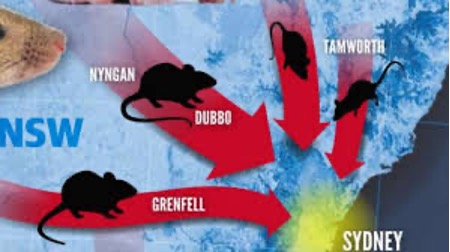
3. How long do mice plagues last?
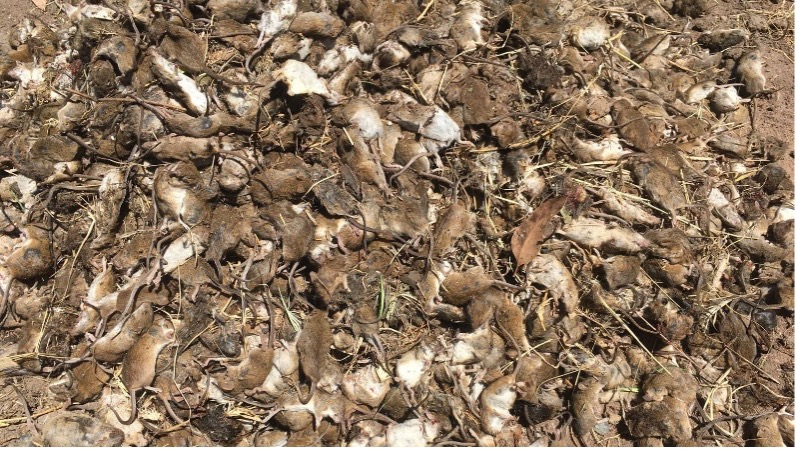
Most plagues end in July when food becomes scarce and cold winter conditions put strain on the populations. In high population densities disease spreads rapidly and aggression increases, leading to bites and scratches becoming infected. Wild mice are also susceptible to respiratory problems and cancerous tumours, especially when there are cold droughts and their nests have become damp. These sick and hungry mice are vulnerable to disease, infection, and climatic extremes. When populations crash, they drop in numbers rapidly over a period of 2-14 days.
During the breeding season the mice population increases quickly when there is a lot of food around but then the mice will go past the natural carrying capacity of the environment. At that point with a lot of starving mice and increased predation, the population will just crash. They will still be there but back at the level before a plague.
The two current trajectories the first is that after going high the numbers will crash away in one year. The second, is that the numbers go high and plateau through the winter then go high again next spring. The good crop that has been had this year means there is a lot of food if the survive through the winter.
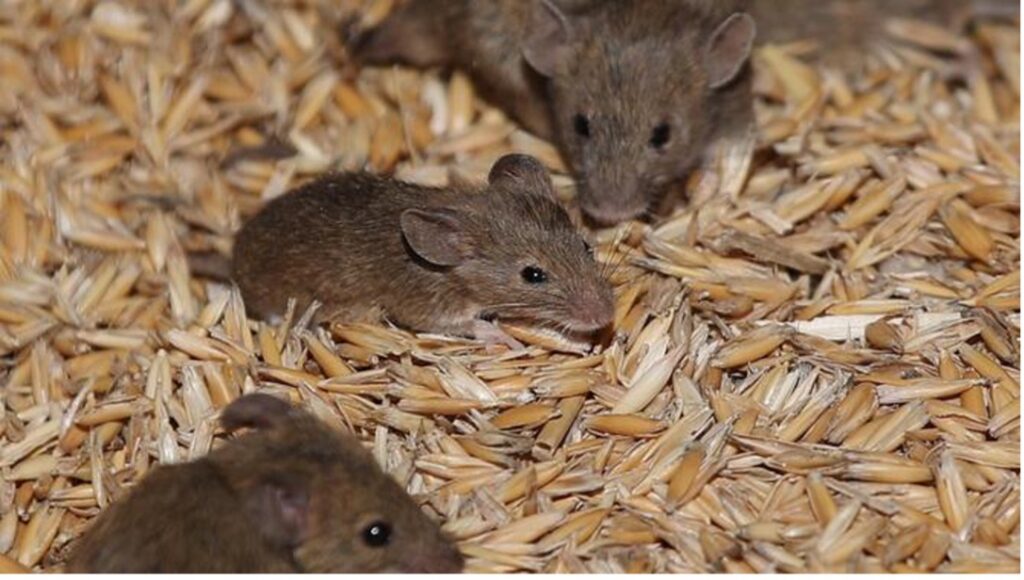
With the current mouse plague afflicting the regions showing no signs of subsiding the government is now stepping in and promising help. But the mouse plague may get worse before it gets better. Some experts are now predicting a two-year plague.
4. Is the government stepping in to help?
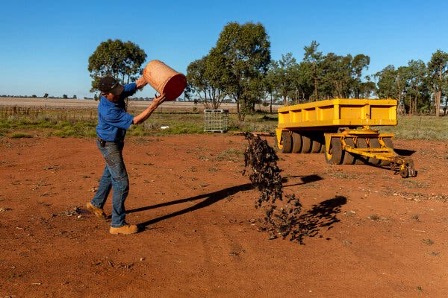
In May the government announced a $50 million mouse plague package to offer to farmers, households, and small businesses, which includes free bait.
The package also includes $1.8 million dollars in funding for genetic control of mice populations which could be a game changer. This genetic biocontrol approach is still a long while off and is not an immediate solution, but it is a better way to prevent future mouse plagues.
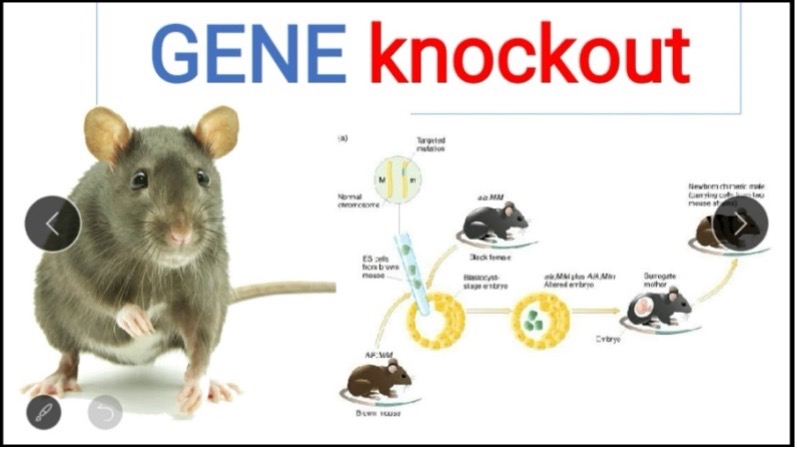
The research program aims to fast-track new ‘gene drive’ technology which has been approved for insects and malaria control but has not yet been applied to mammals. If developed it will use the natural mating process to spread a gene through a population which causes female infertility, which means the population will crash over time. Another approach is research into elimination sperm carrying the X chromosome, producing more male than female offspring. The funding will enable researchers to test each strategy to see which is the most promising.
5. Which poison should farmers use to kill the mice?

There is debate about legalising the acute toxin bromadiolone to deal with the plague as it could kill a lot more than just mice. Already there has been proof of it being found in larger mammals higher up in the food chain.
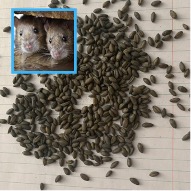
Many farmers are concerned about these secondary poisoning risks of bromadiolone and would prefer to continue using zinc phosphide. They are concerned that this ‘napalm-like” poison could devastate native species including native birds and fish. But they are being swayed by both sides of the fence as mice are damaging livelihoods and crop damage and fodder is being ruined.
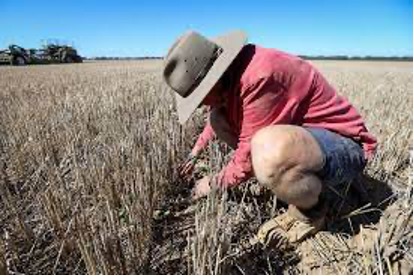
Farmers are racing to get their winter crop in the ground but are in-paddock baiting with the bit zinc phosphide just before sowing or at sowing. They are asking the government help towards of the purchase of double strength zinc phosphide as a bait. Zinc phosphide as a bait quickly disperses as a gas and is much less likely to kill unintended wildlife including birds of prey.
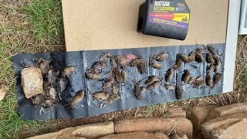
6. How will farmers treat their grain with mouse poison?
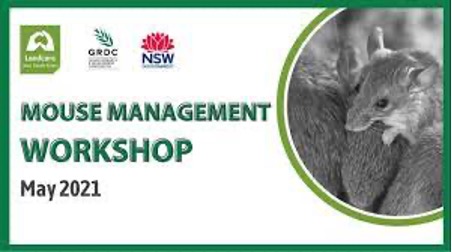
Farmers are needing grain treatment sites to use bromadiolone or zinc phosphide treated grain in a trail or bait stations around the perimeter of a crop.
The government are hoping to use bait preparation sites to allow broadacre farmers to treat grain for mouse bait on the perimeters of paddocks. These local land services will operate treatment stations and bromadiolone will only be handles by experts when the grain is being treated. Farmers will need to provide their own grain and organise safe transport for the grain to and from treatment sites. Local Land Services will be giving advice on the strict guidelines when handling the grain. Once treated producers should not allow livestock to graze baited areas or harvest crops for 14 days after application.
7. What are the impacts as the mouse plague continues?
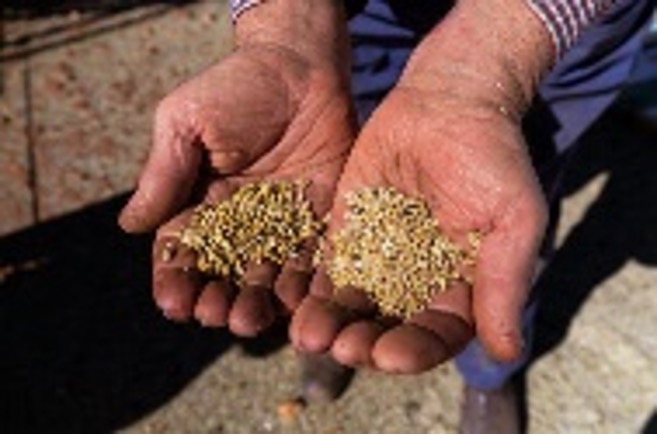
As the mouse plague continues it is causing a huge economic impact by damaging grain crops at all stages of growth as well as post-harvest storage. Farmers are saying their winter crop value will be cut by over a million dollars.
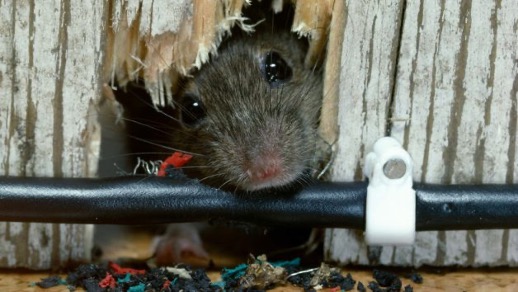
Considerable damage is being caused to buildings, machinery, vehicles, electrical wiring, phone cables and insulation. This is having an impact on intensive livestock operations. Even loss of mobile phone network is being linked to the mice plague.
Intensive agricultural industries of fruit and vegetable crops are suffering feed storage losses and yield decline. The mice are having a direct damage by fouling with excrement, making the produce unacceptable for consumption and export, as well as the damage they are doing on animal sheds and equipment. There is an increase in disease risk because mice can transmit salmonella as well as other pathogens that cause illness in livestock.
Mice have an impact on the environment during plagues by depleting soil seed banks and reducing ground cover, which can lead to increased soil erosion. Baits used to control mice may cause non-target mortalities which has a direct effect on the food chain.
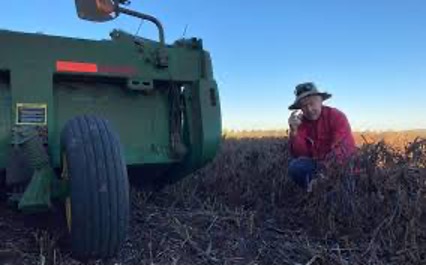
The plague may be the final straw on many regional businesses who have suffered drought, bushfires, floods, covid restrictions and now the mice plague.
8. How are mouse numbers monitored?

MouseAlert website and app, provided by the NSW government and the CSIRO (Commonwealth Scientific and Industrial Research Organisation) is a platform for grain producers and farmers to report mouse sightings.
Mouse activity levels such as numbers of mice in paddocks, around machinery or crops etc are recorded by farmers on the app. The app also records findings of damage to grain crops, horticulture, grain stores etc. The information is important for deciding when and where mouse control should be undertaken.
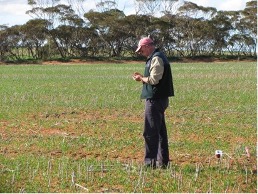
Existing data can be viewed on a map with options for sightings, damage, or control. Anyone entering data has the option to share to a public platform or keep the record private.
Findings in NSW show that sightings have doubled since March with growing numbers of mice sighted around Sydney.
9. What are the diseases do mice carry?
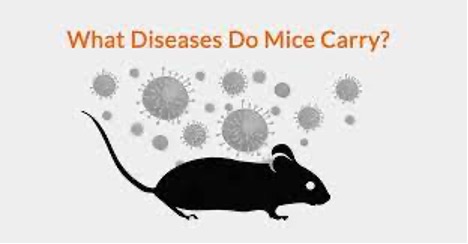
Mice can carry diseases that may spread to humans. Gastrointestinal infections such as salmonellosis and campylobacteriosis. Symptoms include fever, headache, vomiting, diarrhoea, body aches and lethargy. Several bacterial infections that are usually foodborne can also be transmitted by mice. People are reporting being bitten by mice even as they are sleeping in hospital beds!
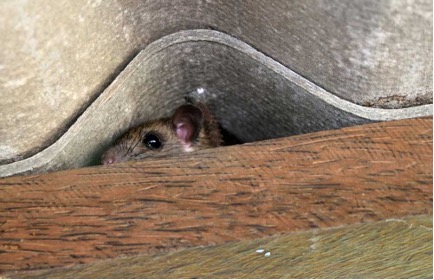
Mice can contaminate food with their droppings, hair, and urine, causing food poisoning and spoilage. The viruses excreted in faeces and urine of rodents contaminate the environment. Direct contact, aerosolization or contact with a contaminated environment can result in human infection.
With hundreds of thousands of mice plaguing Australia, since last year’s harvest, there are reports that mice have been running rampant through homes and businesses. People have been horrified to find dead mice even in their drinking water tanks and the likelihood of drinking contaminated water.
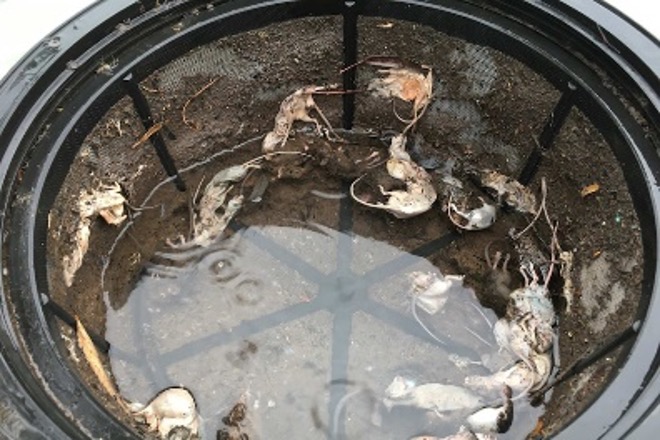
10. What effect is the current mouse plague having of people’s physical and mental health?
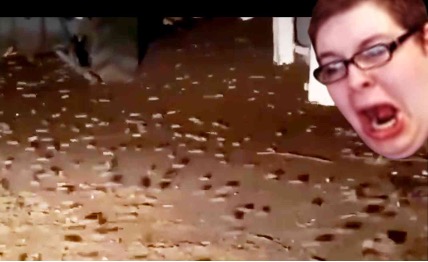
As the mouse plague continues to gnaw away at farmers livelihoods it not only having a huge impact on people’s finances but also on their physical and mental health. Many regional residents impacted by the mouse plague cannot even get a full night’s sleep without waking up to the sounds of mice scurrying across roof timbers and wall cavities. Problems with sleeping, problems relaxing, and financial issues are completely lowering people’s mood. Some people are being driven to the same breaking point they endured during the bushfires, floods, and drought.
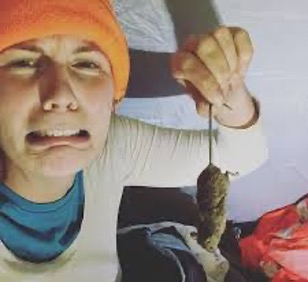
It is being reported that people are developing a mouse phobia, typically extreme anxiety, dread, and panic. Symptoms such as shortness of breath, irregular heartbeat, sweating, nausea and shaking. As the stress and anxiety goes relentlessly it is wearing people down and can make people more susceptible to illnesses such as colds and headaches.
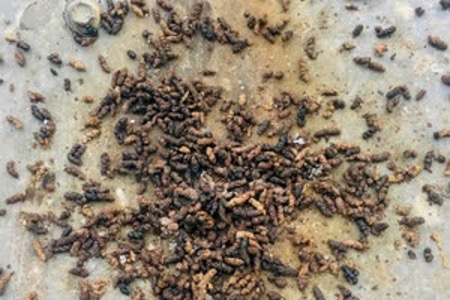
The putrid smell of urine and the stench of decomposing bodies from the mice that are dying of poison baits is intolerable. The noise of scuttles, small dead bodies leaking blood or even tails sticking out of hubcaps means that people’s endurance is being tested!
